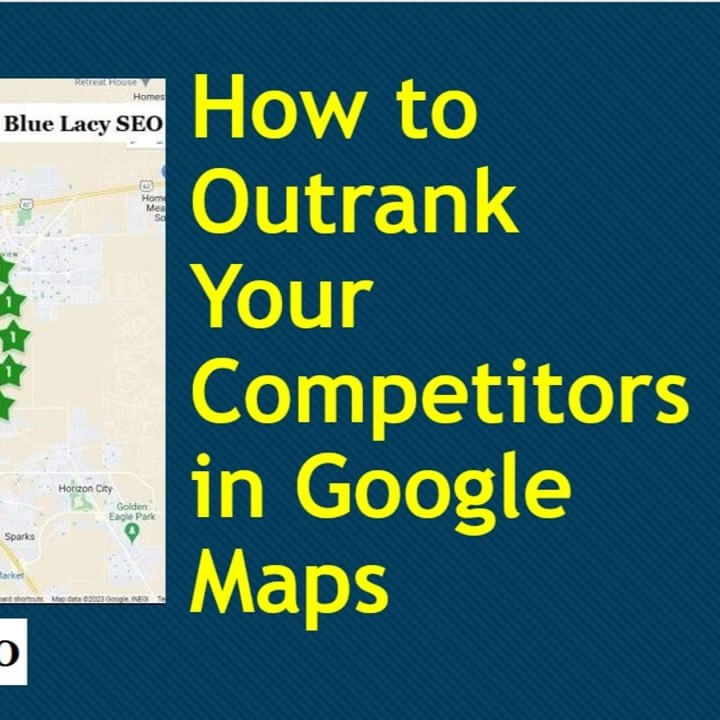The concept of SEO (Search Engine Optimization) is to build a website, so it ranks in the search engines (especially Google), which will give you more traffic and more sales. Basically, you want Google to understand what your content is about. It’s a simple concept but harder to implement.
Having studied SEO for many years, I have seen the steady changes made by Google to improve the search engine results for searchers. SEO is an ever-changing landscape, but many people overlook a basic design concept that should be implemented before any other SEO is done.
Proper SEO starts with the proper design and layout of your website.
Silo Architecture
If you organize your website into distinct themed sections, your readers and the search engines can better follow and understand what your site is about and what you are trying to convey to the reader.
Often, there are wonderful websites with great content that are not ranking well due to inadequate silo architecture.
The first step is to determine your website’s theme, then the main topics related to this theme, and finally the sub-topics.
If all these topics and sub-topics are jumbled together, search engines will see your site as a jar of different colored jellybeans. They see the content, but they don’t see how all the different colors relate to each other. The theme will simply be “jellybeans.” If the jellybeans were divided into different colors, say red, blue, and green, that would allow the main theme to be divided into related topics. They are still jellybeans, but now they are siloed into different topics with their own content.
Let’s say your website is about cars. The “cars” theme could then be divided into topics, such as American Cars, European Cars, and Japanese Cars. Each topic is then divided into sub-topics, such as Ford, Chevrolet, and Fiat-Chrysler.
The American car silo pages would look something like this:
mycarsite.com/american-cars/ford/mycarsite.com/american-cars/chevrolet/
mycarsite.com/american-cars/fiat-chrysler/
The site could be further siloed into different car types:
/american-cars/ford/sedans/
/american-cars/chevrolet/sports-cars/
/american-cars/fiat-chrysler/SUV/
In this example, each page is named to help the search engines see a common theme that is organized into a logical structure. The organization, or silo, creates a better user experience and helps the search engines follow the theme and related topics of your website.
Silos vs Categories
Don’t make your slios more than three topics deep. If you have a lot of sub-topics, it is best to divide them into categories.
A category is a division within a classification. A silo has content accessible under one specific category.
If you have many topics and sub-topics, users will have to drill-down to find the information they are looking for, which frustrates the user experience.
URL Structure
The URL (Uniform Resource Locator) structure is an important consideration when setting up your silo pages. Many site owners who build their own website miss this important element of web design.
For example, the default URL structure for WordPress uses numeric page names that lacks any logical subject grouping. An example would be:
mycarsite.com/JQRTiFiG/1834901/
his does nothing to show the search engines and users what the page is about. A page URL like the one below, clearly shows what the page is about:
mycarsite.com/american-cars/ford/
Notice that the words, instead of random letters and numbers, are separated by dashes for readability.
Linking
There may be instances where there are connections between topics. For example, there may be an American Ford engine that is used in a European car. This is an opportunity to link from the Ford page to one of the European car pages. This is called internal linking, and it is an important ranking factor for Google, if it is done correctly.
Anchor Text
Linking from a word or phrase in your website’s content is called anchor text. When it comes to linking, choosing the correct anchor text is of paramount importance. Your anchor text should be important keywords that you want to rank for. Too many times I see the phrase, “click here for more information.” Using “here” for the anchor text does nothing for your SEO.
Over-using your keywords with too many anchor texts can also have a negative effect on ranking. The link text must match the page subject to be considered relevant to the subject.
Outbound Linking
Linking out to other websites is perfectly accepted if done correctly. It is natural to link to other authoritative websites, but it must be related to your content and offer some value to your readers.
The anchor text for outbound links must be carefully considered, just like internal linking. You want to clearly represent what users will see when they click on the link.
Inbound Linking
Inbound links, sometimes referred to as backlinks, is another important ranking factor for Google. If someone thinks your content is so good they link to it, Google considers that link to be a vote for your linked page. Google calls this PageRank. The value of that vote depends on the authority of the website and the linking page.
Over the years, many people have used black-hat techniques using link farms, reciprocal linking, and other link schemes. Google knows all the tricks now, so if you use them, you will get penalized. Google wants to see natural link acquisition.
Link Balance
The idea is to strike a balance between the different elements of link structure within your silo architecture. You need to have a firm understanding of your subject and its relevance when it comes to linking.
A perfect silo architecture is only one part of a large SEO roadmap to getting your website ranked. Contact Blue Lacy SEO for web design and SEO services.


